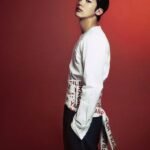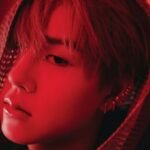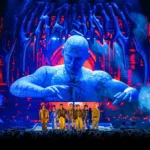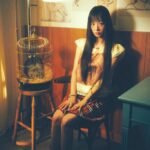tiny space, too many dreams sounds like an intersection between mainstream folk pop and indie rock and folk. Hani has a specific vision and direction for her first EP and it presents moments of her uniqueness.
I sit in the middle with intro tracks for albums. On a full length, I think it can work if it transitions into the second track. That happens here between “intro” and “nothing is real.” In this case, I think “intro” is a little long and listeners should get into “nothing is real faster.”
The simple core arrangement focuses on what I think is a ukulele and Hani’s vocals. There are outside flourish elements that round out the sound. Piano helps to add some extra melodies and ambient wind sounds help with the tempo. Also presenting the longest song as the first main track is interesting because people could get bored of the repeated structure.
“i hate when i’m like this” starts moving into a more mainstream folk pop stage. The arrangement, at the core, favors a small amount of pieces, but it’s the amount of layering that starts to attract and detract. I like the simple vocal and guitar nature of the song. But as the layers start getting added, it makes “i hate when i’m like this” sound bloated.
Track four plays like a transition. “clay” focuses on piano and vocals. It also shows more of Hani’s vocal depth. This is a door that’s slightly been opened. It reminds me of early Savina and Drones. “days of youth” is an early single that’s added band support. Listening to this track and comparing it to early tracks, Hani’s sound expands considerably with added instruments. Though with this arrangement, it does feel like the band is just following Hani instead of playing a part in the song’s conversation.
In the back section of tiny space, too many dreams, there’s a new energy. “yet to be answered” is another band track. This time, it sounds like there’s more collaboration. It’s a modern pop rock track at the core, made to highlight Hani’s performance. I’m not sure why, but the multi-layering of her voice at key song moments started becoming a distraction. And placing the guitar solo on a lower audio level was a little sad.
To close the EP, “just a dream” is a guitar and vocal song. Hani has a jazz-ish vocal delivery and shows that her ability isn’t defined by the recording. I wish this was shown more.
tiny space, too many dreams is a good introduction. It has uneven moments and some overproduction. I think the core and foundations of Hani’s style. The folk and pop intersections work well but each needs moments to establish themselves instead of highlighting moments.
Instagram | YouTube | Apple Music | Spotify| YouTube Music
Written by Chris P for Korean Indie.















